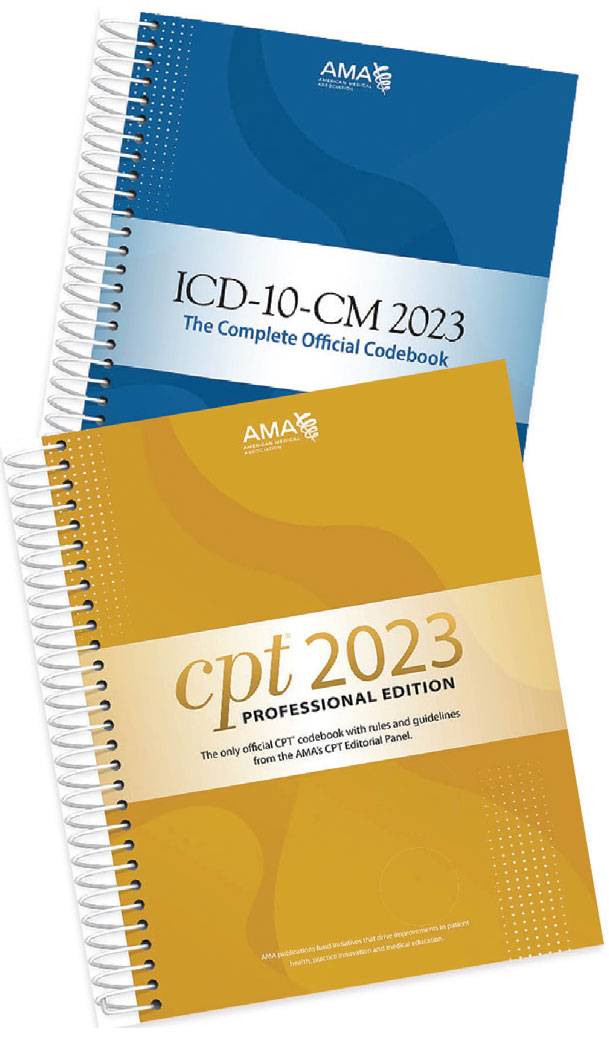 |
Ophthalmologists and optometrists have an obligation to file claims to Medicare and other third-party payers for covered services; they can’t bill patients for items or services that would have been covered under the patient’s medical benefit. The 21st Century Cures Act of 2016, which went to effect in 2019, changed the Medicare’s LCD process and how coverage decisions are made. It elicited several questions from providers, which we’ll cover here.
Q: Why does providing non-covered services appeal to ophthalmic and optometric practices?
Reimbursement rates are declining as the work associated with the claims process is increasing due to factors such as preauthorization issues, onerous claims filing instructions, and staff time dedicated to follow-up and appeals of denied claims. For services deemed as non-covered, patients pay the provider’s full fee, hopefully at the time of service. No contractual adjustment applies. Cosmetic and refractive surgery, premium intraocular lenses and new investigational procedures are usually considered non-covered.
Services identified with Category III codes have usually been considered non-covered. Additionally, providers often assume miscellaneous codes (codes ending in 99) are non-covered. There are no assigned relative value units and no assigned reimbursement rates in the Medicare Physician Fee Schedule. Practices are in the habit of treating these as ‘cash pay’ services in lieu of submitting claims for payment from Medicare or other third-party payers. Within ophthalmology, a series of services to diagnose and treat dry eyes are identified with Category III codes and are impacted by this change, causing confusion in some offices.
Q: How does the 21st Century Cures Act impact payment for non-covered services and how should billers respond?
The lack of RVUs in the fee schedule doesn’t mean the services are always non-covered. Under this law, Medicare Administrative Contractors can no longer issue a blanket non-coverage policy for all Category III codes. Instead, they must issue an individual policy for each individual decision on each claim.
For billers, don’t assume the patient is financially responsible. Those involved in the billing process must check with Medicare and other third-party payers for coverage guidelines. Review payer publications. Follow the predetermination of benefits process, when available. If no guidance is provided by the insurer and coverage is uncertain, submitting a claim is the only way to confirm coverage. For Part B Medicare beneficiaries, there’s no preauthorization process and there are very few LCDs so filing a claim is not optional for participating or non-participating providers.
Claims submitted to insurance are often of value to the patient even if the primary payer denies payment. The secondary insurance may reimburse some amount, or the denied claim may be used, in some instances for patients to seek reimbursement from a health savings plan.
Q: What documentation is needed?
Predetermination requests usually require the CPT and ICD-10 codes to identify the service in question, as well as the indication for the service. Document the patient’s understanding of their responsibility using Medicare’s Advanced Beneficiary Notice of Noncoverage (ABN), as a tool for collecting payment from a Medicare beneficiary.
Medicare Law (§1879) contains a provision that waives the financial liability if the beneficiary isn’t likely to know or didn’t have a reason to know that the services wouldn’t be covered.1 If the beneficiary doesn’t receive proper notice, they are relieved from liability. The provider is then responsible, not the patient. Consequently, an ABN informs the patient in writing of their financial responsibility. It requires them to decide whether to have the services or not and whether a claim may be filed or not. A copy of the current ABN form can be located online.
The traditional ABN form may be used with Part B Medicare only. It is noteworthy that about half of all Medicare beneficiaries are covered by Part C Medicare - Medicare Advantage. CMS explicitly instructed the Medicare Advantage Organizations (MAOs) not to use ABN forms. They are obligated to make pre-service determinations of benefits at the request of the patient or the provider. Unfortunately, there is no single process for all MAOs. Check with each plan for instructions.
Likewise, commercial insurers may not use the ABN form, but most accept the idea of patient financial responsibility for noncovered services. For those plans, a financial waiver is still useful. Providers often have more latitude with notification. A Notice of Exclusion from Healthplan Benefits form may be used.
When an ABN or suitable waiver is used, the claim is usually reported with modifier -GA to inform the payer that a signed waiver is on file.
In conclusion, keep these few points in mind: Services described with Category III codes or miscellaneous codes might be covered—don’t assume they’re not. Codes listed in the payer’s fee schedule with a zero allowed amount are not automatically non-covered. An ABN or financial waiver doesn’t mean a claim for reimbursement isn’t required. Tread carefully.
Mary Pat Johnson is a senior consultant at the Corcoran Consulting Group and is based in North Carolina. She can be reached at mpjohnson@corcoranccg.com.
1. SSA §1879 MCPM Chapter 30 §50.9B.



